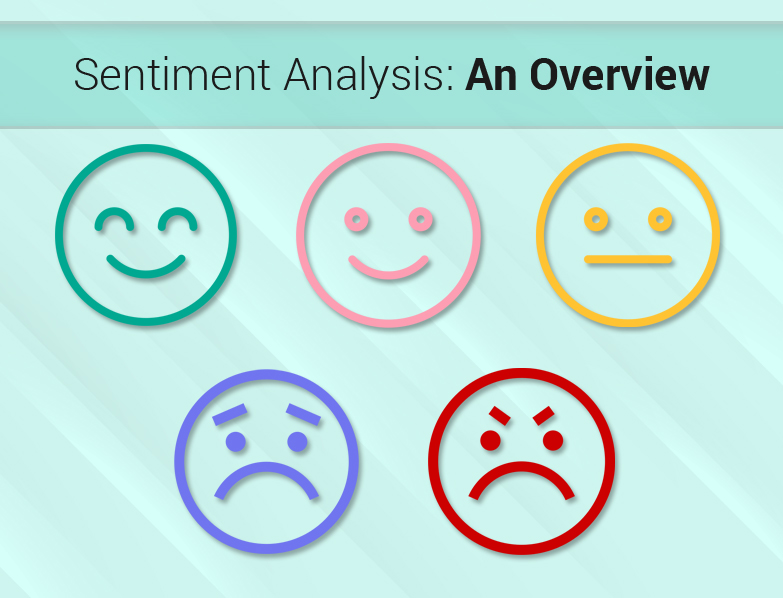Sentiment Analysis: An Overview

Why is customer sentiment analysis different?
The act of understanding customer sentiment goes beyond carrying out a Net Promoter Score (NPS) survey or asking them to give a rating. To truly be the brand that ‘gets its audience’ businesses have to read between the lines.
For this, businesses can use sentiment analysis to analyze which aspects of their business customers are positive, negative, and neutral about. For example, using sentiment analysis, an e-commerce website can deduce that customers are happy with the product but frustrated with the delivery service and neutral about the payment methods. This can help to improve certain aspects and enhance others as well.
What are some use cases of sentiment analysis?
Here are some real-world applications of using sentiment analysis for the better:
Track sentiment changes when your offering changes
Maybe you redesigned your website or launched the next iteration of your product. These changes are bound to alter the perception of your brand in the customer’s eyes and also encourage/ discourage particular reactions. Sentiment analysis helps you to define clearly where, what, and why changes in customer perception occurred. You can then tailor your future offerings accordingly.
Determine issues with particular customer segments
The power of machine learning in sentiment analysis allows you to segment your customer base and see which one has strong negative reactions (with the delivery time for example) and which one has strong positive emotions (and can act as unofficial brand ambassadors). Both groups can be nurtured towards more brand loyalty and advocacy whereas the middle ones can be nudged towards becoming unofficial ambassadors as well.
Determine the strongest communication channels
Sentiment analysis can also reveal which channels of yours are attracting more positive engagement and traction. Maybe its Twitter and not Instagram. Or Facebook over LinkedIn. These insights can help you push more effort in fruitful directions.
Plan product improvements
The power of aspects can be focused to center around the product only. Using sentiment analysis you can determine that people loved the concept of your latest product, but the design wasn’t very intuitive.
Prioritize customer service issues
Sentiment analysis also allows you to track changes in customer sentiment over time. A simple NPS score or survey would not be able to capture what leads a person to recommend your brand, but a hardcore sentiment analysis will help you figure out which aspects of your brand people are responding to positively/ negatively/ complacently and address their issues appropriately.
Artificial intelligence solutions like sentiment analysis can help to understand customer sentiment effectively. In the long run, you can get to know your customers as real people rather than entities you only sell to. This, in turn, helps them to trust you more easily which subtly adds up to more sales for you. A win-win all around!
 1-888-661-8967
1-888-661-8967

